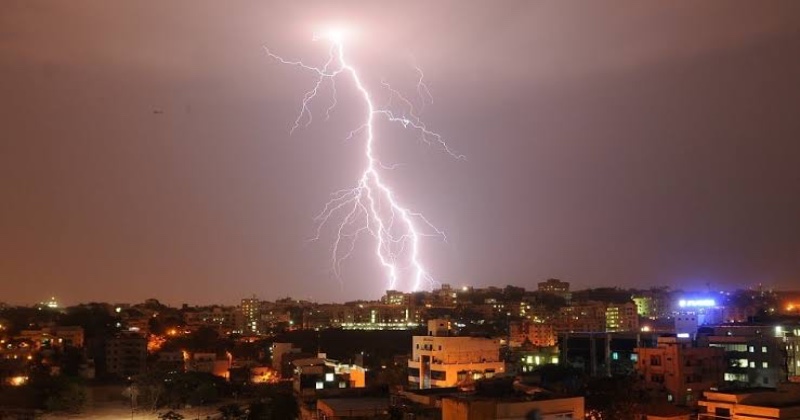
The frequency of lightning strikes in India has surged in the last four years due to the effects of climate change, as reported by the Lightning Detection Network of the Indian Institute of Tropical Meteorology. Over the period between 2019 and 2023, the country has witnessed a troubling 53% increase in lightning incidents, with certain states experiencing a surge of more than 300%. The Indian Institute of Tropical Meteorology data reveals that cloud-to-ground lightning strikes have risen from 51.6 lakh to 72.6 lakh in the past three years, particularly concerning experts.
Central and eastern states in India, such as Madhya Pradesh, Maharashtra, Chhattisgarh, Uttar Pradesh, Bihar, and Odisha, are the most susceptible areas for lightning-related occurrences. Among the affected socio-economic groups, tribal communities are especially vulnerable, with higher casualties often observed in states like Madhya Pradesh, Jharkhand, and Odisha. Geographical factors also play a role, as the central river basin between the Ganges, Sone, and Mahanadi, alongside mountain ranges like Vindhyachal, Satpura, Kaimur, and Vidarbha, form regions at the greatest risk of lightning strikes.
These escalating lightning incidents, which are often preventable, underscore the profound impact of climate change. The rise in heat due to global warming has led to increased surface sea temperatures and the melting of Himalayan ice, resulting in extreme atmospheric moisture. While casualties are preventable, successful efforts in states like Odisha and Andhra Pradesh have managed to significantly reduce lightning incidents by implementing better detection instruments, public alert systems, and dedicated apps like DAMINI for issuing warnings about potential lightning strikes.

Post Your Comments